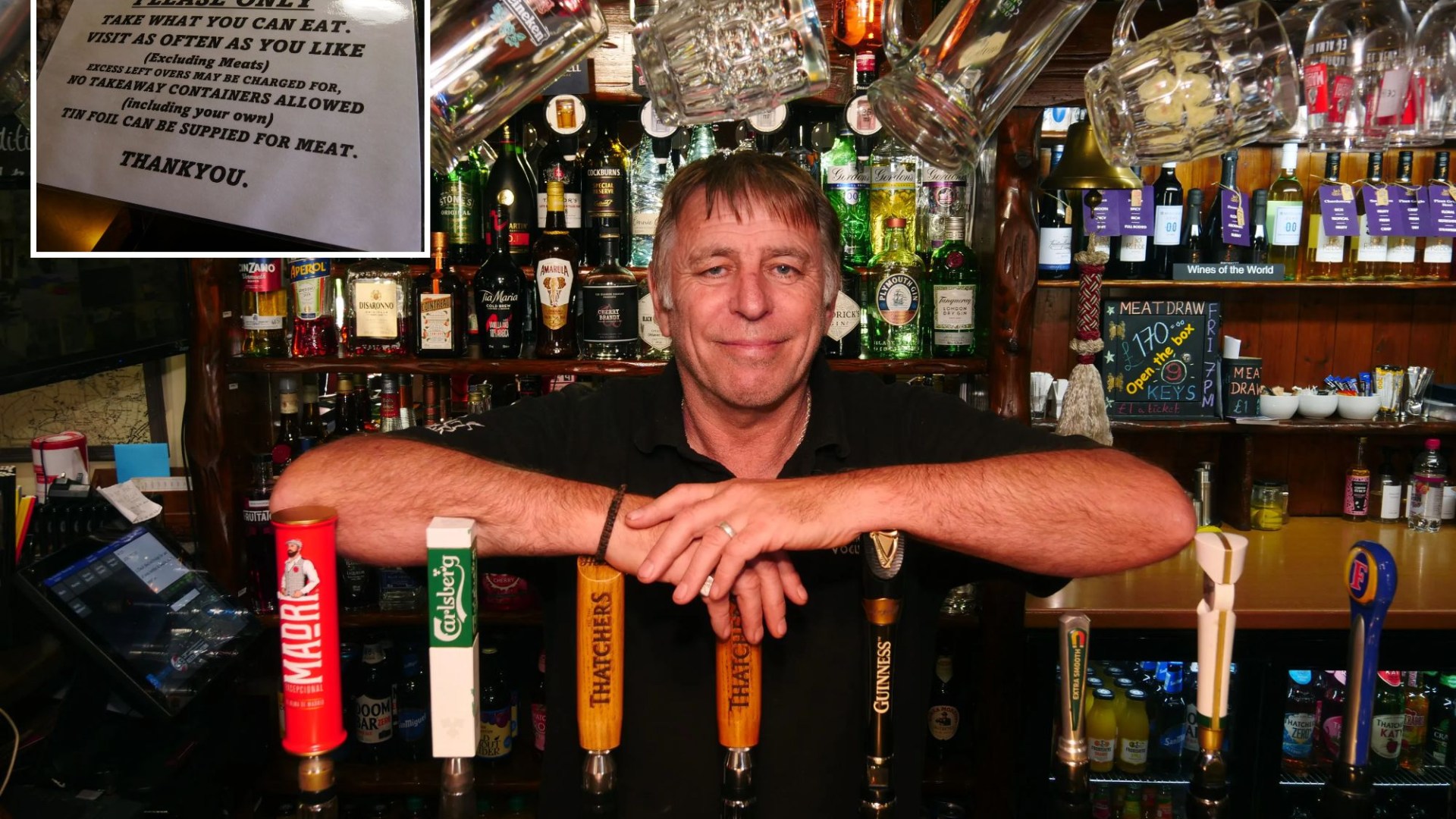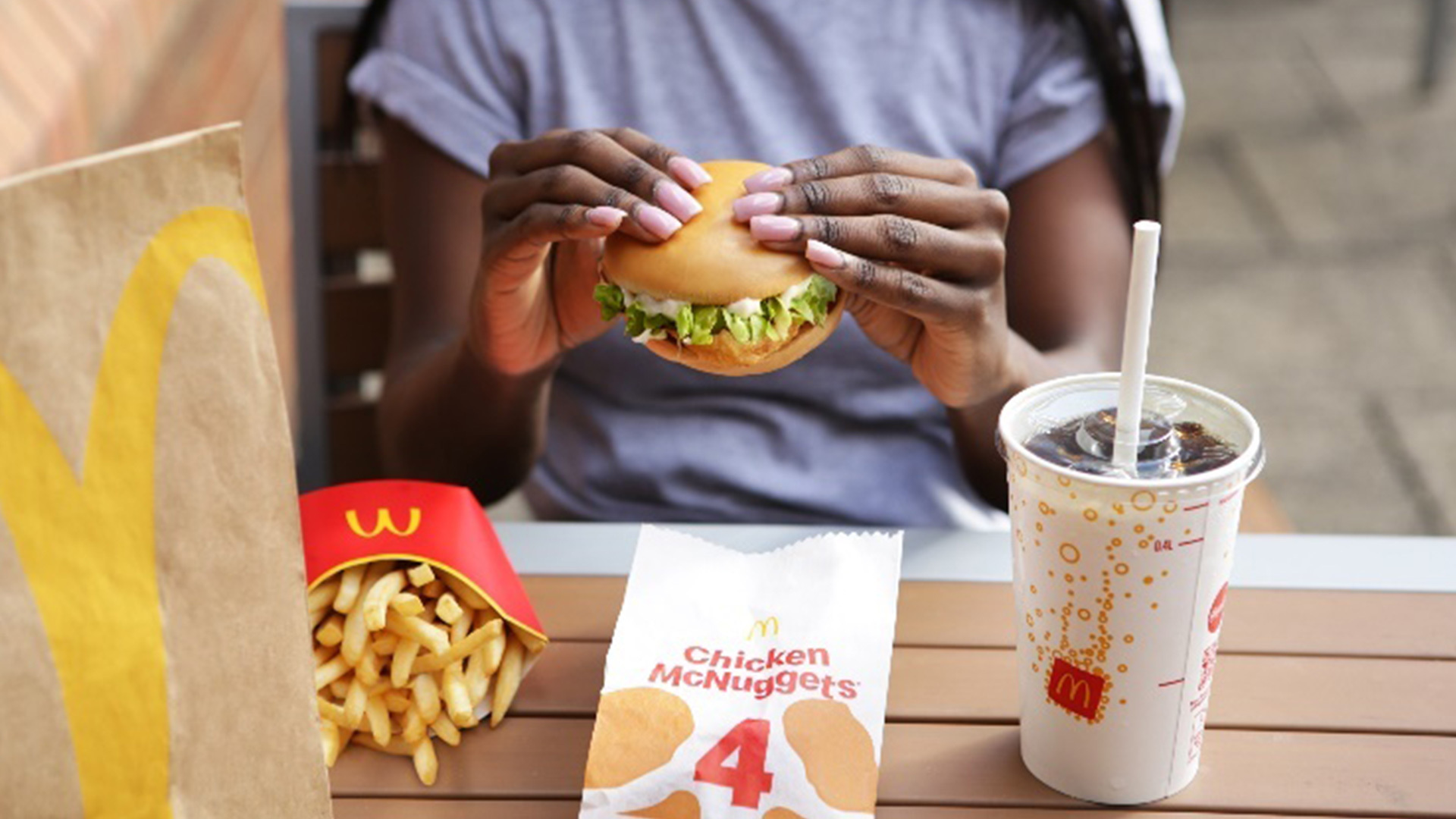Near the beginning of the Australian writer Charlotte Wood’s novel, the unnamed narrator says: “Nobody will read this but me. Even so, I imagine there are things I’m leaving out.” It’s a teasing line for Wood — who has published seven novels, beginning with Pieces of a Girl (1999) — to give to her narrator, and it acquired an extra layer of irony after Stone Yard Devotional was shortlisted for the Booker Prize, promising an even wider audience for the novel.
Following the death of her mother, the narrator, who works in species conservation, leaves Sydney and goes to stay for a month at a convent in rural New South Wales, near where she grew up. She finds life there “shockingly peaceful” and initially struggles to adjust. But she becomes fascinated by the nuns’ devotion and the apparent simplicity of their existence.
The second part of the novel, which comprises the bulk, is set four years later. The narrator has gone to live at the convent, although without officially taking orders. She has left her job and her husband and, while she withholds the details of their separation, she believes: “Everyone here has hurt someone by coming.”
She throws herself into convent routines: cooking, gardening and praying, even though she remains agnostic and under no illusions about what she calls “the savagery of the Catholic Church”. Two events prove disruptive. The first is a plague of mice, which Wood describes in skin-crawling detail that gets at existential anxiety about dirt and decay; one night, a man sees so many mice crossing a road at once that they resemble “a wide river of silver water, flowing steadily. . .”
The other event, which happens at the same time as the plague, is the arrival of Helen Parry, an aloof yet charismatic nun who is returning from Bangkok with the recently discovered bones of a murdered woman who once lived at the convent. The victim’s bones make for a troubling spectre, lying in a coffin in their own room as the nuns await permission from the authorities to bury them.
But the narrator is also unnerved by Helen’s presence. The two women were at school together, and the narrator remembers Helen as a downtrodden child, neglected by her mother, bullied by other children; she recalls joining in a brutal pile-on when Helen was beaten by her classmates. The narrator contemplates forgiveness repeatedly, calling it “serious work, beyond the reach of occasion or rhetoric”, and Wood keeps the reader hanging on to see if Helen and the narrator will reach a reckoning, whether there will be forgiveness or even acknowledgment of their shared past.
This is a transfixing novel about the way childhood events, be they seismic or seemingly banal, can haunt us in adulthood. Wood pares back her narrator’s life and language to explore fundamental questions of loss, suffering and how we coexist with other people, other species and the environment, with a power and precision that means it will resonate with readers long after this year’s Booker Prize has been awarded.
Stone Yard Devotional by Charlotte Wood Hodder & Stoughton £16.99, 320 pages
Join our online book group on Facebook at FT Books Café and subscribe to our podcast Life & Art wherever you listen














 Believe it or not, we’ll soon be turning our attention to 2025 – and it might be a year for advisers to take particular notice of.
Believe it or not, we’ll soon be turning our attention to 2025 – and it might be a year for advisers to take particular notice of.






























































































































You must be logged in to post a comment Login